Black Mustard / Spring / Summer / Autumn / Edible
Common Names
Black Mustard
Botanical Name
Brassica nigra, Rhamphospermum nigrum
Scientific Classification
Kingdom – Plantae
Order –Brassicales
Family – Brassicaceae
Physical Characteristics for Black Mustard
Late Spring to Summer these plants will be out in flower, leaf and seed, sometimes with a small revival in early Autumn.
Leaves
The leaves are long, with varying degrees of invagination along the leaf stem. Some are hairier than others. The leaves are not paired, and they leave the main stem singly.

Flowers
The whole plant can grow to nearly a metre tall, and tend to branch, ending in small clusters of yellow flowers.
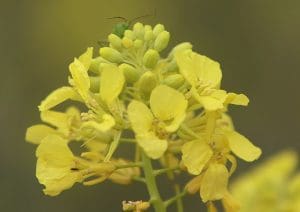
Seeds
The seed pods are small and visibly contain multiple small seeds with a characteristically mustard-y taste.
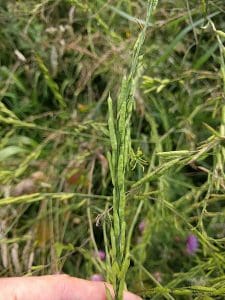
Habitat
Black mustard grows in disturbed areas, fields, roadsides, and floodplains. It prefers moist, nutrient-rich soil.
Known Hazards
Skin contact with the plant may lead to irritation or allergic reactions. Additionally, inhaling smoke from burning Black Mustard can introduce harmful toxins into the body, especially in traditional practices where the plant is used for cooking or rituals.
Could be Confused with
Hedge Mustard, Hoary Mustard and Rape. None is a problem as they are all edible and tasty, they will simply lack the mustard-like seed pods.
Edible Uses
All the aerial parts are good additions to foods like salads, quiches, salads and condiments. You can harvest a larger amount of mustard seeds and powder them for a wild addition to your spice rack and home remedy collection.
Medicinal Uses
Being a common group of plants, many mustard family plants have been used ubiquitously in folk medicine, with varying degrees of success. The peppery tasting compounds have been prized for their counter-irritant, inflammation-modulating action on arthritis and rheumatism, but care should be taken with ‘mustard poultices’ because the skin can actually burn and blister. These plants stimulate the circulation.
Extra notes from the Foragers
The name mustard was first recorded in France in 1288 and has its roots in the Latin for ‘burning (ardent) must’. It was often ground with grape must to make into remedies.




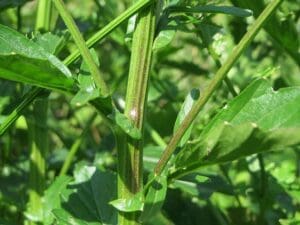
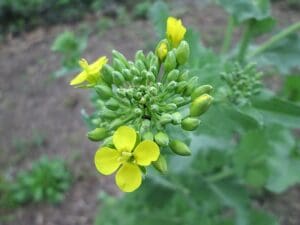
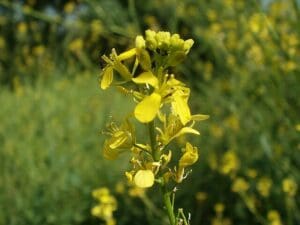



Leave a Reply
You must be logged in to post a comment.